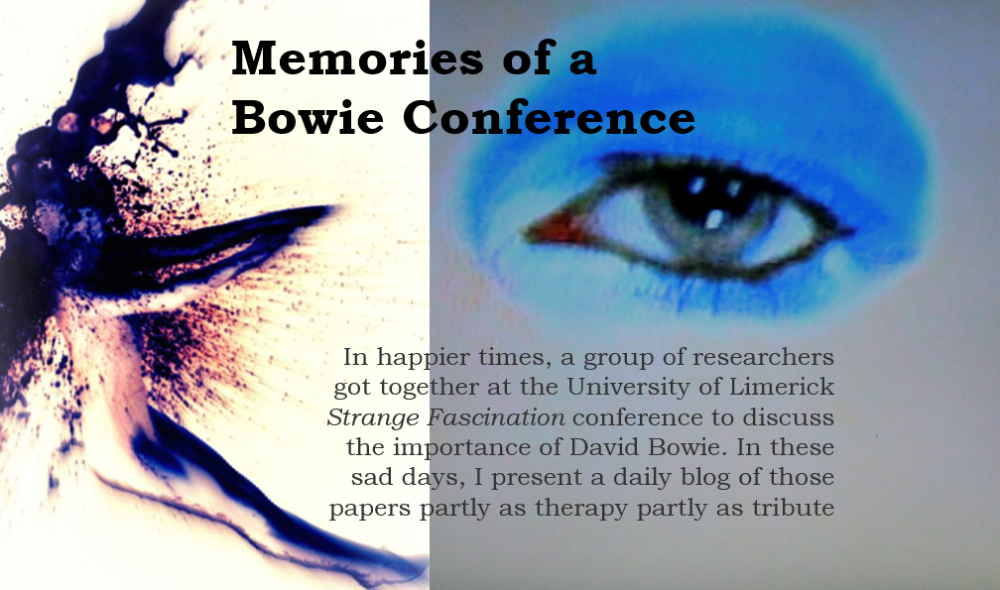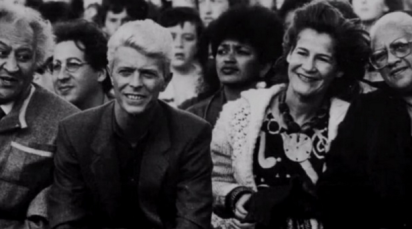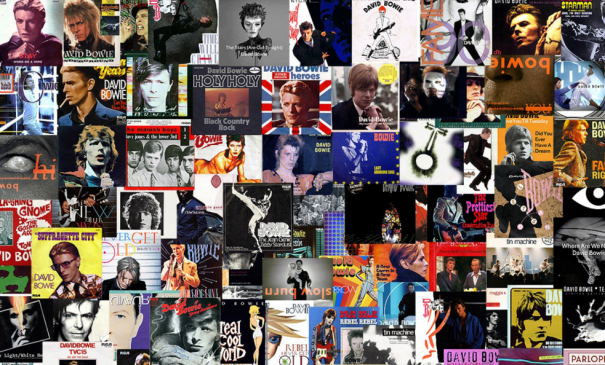
Sam Coley “Bowie’s Waiata” Radio documentary, memory and fandom
SPEAKER Coley teaches at Birmingham City University and is a radio documentary producer for BBC, Xfm, and Radio New Zealand among others
 SYNOPSIS Explores the meanings behind the fan-sharing of “Waiata”, as well as the radio documentary from which it is taken, which looks back 25 years at the Maori reception of Bowie during his Serious Moonlight tour in 1983. Asks about the significance to the fan and practitioner and explores the ways in which this production of memory has been shared and repurposed through a process of reappropriation
SYNOPSIS Explores the meanings behind the fan-sharing of “Waiata”, as well as the radio documentary from which it is taken, which looks back 25 years at the Maori reception of Bowie during his Serious Moonlight tour in 1983. Asks about the significance to the fan and practitioner and explores the ways in which this production of memory has been shared and repurposed through a process of reappropriation
KEY POINTS Shortly before his first concert in Wellington, Bowie was invited to visit Takapuwahia Marae in Porirua, the first rock star officially welcomed onto a Maori Marae. 25 years later in the RNZ radio documentary Bowie’s Waiata, members of the Ngati Toa tribe and professionals involved in the tour were invited to look back on an event Bowie described as “one of the most hospitable experiences of my life”. One of the features is a song Bowie wrote especially for the occasion, Waiata. A Waiata is a reciprocal song – you sing a bit, I sing a bit back. The song was shared by Bowie’s international fan community via Facebook and YouTube technologies. Consumed in this way, these works prompted further reflections and memories, which were recorded online and shared between listening communities
With Coco Schwab receiving Maori welcome speech / a healthy looking Bowie on his Serious Moonlight tour / main image by Helmut Newton (1983)
Waiata radio documentary broadcast on Radio New Zealand 2008, visually rendered.
Waiata radio documentary broadcast on Radio New Zealand 2008, visually rendered.
KEY QUOTE ‘fans have taken matters into their own hands by producing original content that is primarily designed to be consumed within fan communities’

 KEY POINTS Bowie’s debut album cover displayed a fresh-faced young mod. Eight years later this honesty had been obliterated, replaced on Diamond Dogs by a disturbing anthropomorphic freak-show exhibit. A series of performative incarnations had traded self for archetype. Space Oddity conveyed alienation through technological advancement, represented via op art illusion. Hunky Dory eschews realism for a borrowed, filmic pose.
KEY POINTS Bowie’s debut album cover displayed a fresh-faced young mod. Eight years later this honesty had been obliterated, replaced on Diamond Dogs by a disturbing anthropomorphic freak-show exhibit. A series of performative incarnations had traded self for archetype. Space Oddity conveyed alienation through technological advancement, represented via op art illusion. Hunky Dory eschews realism for a borrowed, filmic pose.  On Aladdin Sane, a lightning bolt figuratively splits his psyche in two. Pin Ups omits the word David in preference for Bowie, a depersonalizing tactic. By Diamond Dogs, Bowie’s ‘reality’ had been fully replaced by an anthropomorphic cartoon freak.
On Aladdin Sane, a lightning bolt figuratively splits his psyche in two. Pin Ups omits the word David in preference for Bowie, a depersonalizing tactic. By Diamond Dogs, Bowie’s ‘reality’ had been fully replaced by an anthropomorphic cartoon freak. LINKS
'I cried on my daughter's shoulder
LINKS
'I cried on my daughter's shoulder 